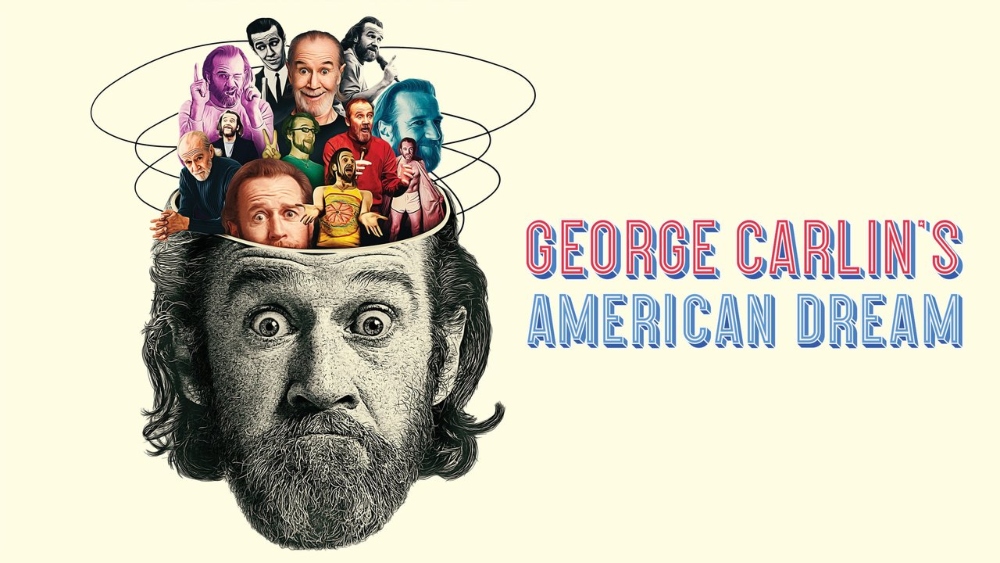
George Carlin is one of the greatest stand-up comedians in American history, and thanks to co-directors Judd Apatow and Michael Bonfiglio, audiences get a revelatory look at the late comedian in the HBO documentary George Carlin’s American Dream.
The two-part film makes for a solid introduction to Carlin’s work for viewers who may not be familiar with his comedy, and it was up to the sound editing team of Joe Beshenkovky, Bobby Mackston, and Matt Temple to clean up Carlin’s old audio, some of which had deteriorated beyond repair, though they did the best they could.
Beshenkovsky doubled as the film’s editor, and he assembled the documentary in isolation, sending cuts along the way to Apatow and Bonfiglio. If you’ve ever watched an Apatow film, they tend to run a little long, and yet this time around, Apatow surprised Beshenkovsky by asking him to trim the film, which still runs a little over three-and-a-half hours.
Below the Line recently spoke to Beshenkovsky, Mackston, and Temple, who discussed the audio clean-up process as well as how they added laughs and applause to the soundtrack because Carlin would often tell a joke and keep going without waiting for the audience’s response.
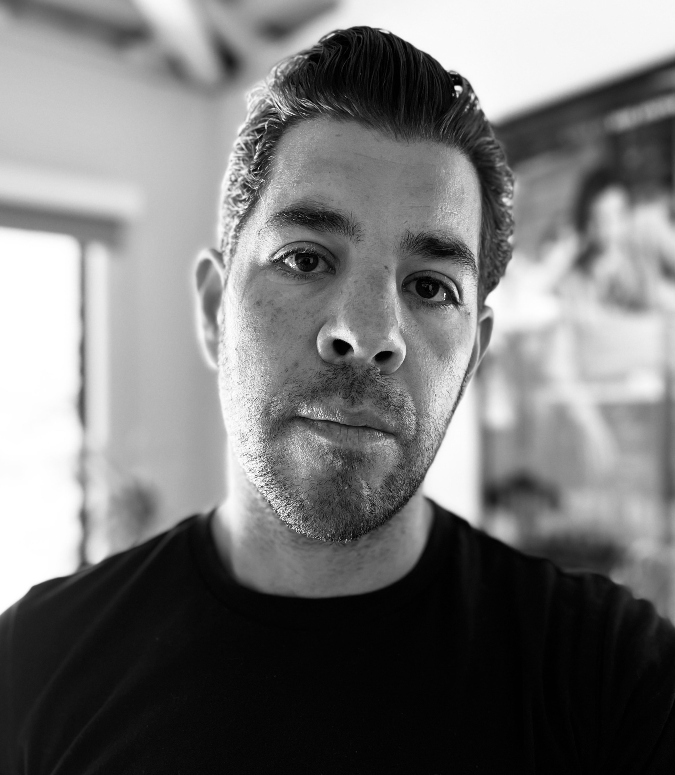
Below the Line: How did you first become involved with George Carlin’s American Dream?
Joe Beshenkovsky: I’ve worked with Judd a couple times before. He texted me and said that he was thinking about doing this, and did I want to hop on board? I said something to the effect of, ‘I think he’s a worthy subject, let’s do it.’ That’s how I got involved. Bobby can speak for himself, but I think Bobby does everything that Judd does. I think we all knew that he was probably going to get involved as well.
Bobby Mackston: Joe and I had previously worked on the [Garry] Shandling documentary [The Zen Diaries of Garry Shandling, which was released on HBO in 2018 and brought Beshenkovsky an Emmy nomination in addition to winning Outstanding Documentary or Nonfiction Special].
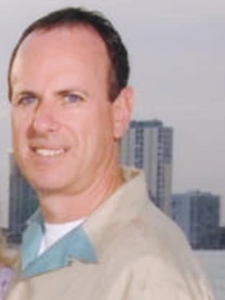
BTL: I thought that was just brilliant, by the way.
Mackston: That was a good one.
BTL: How has the shorthand improved over the years with Judd Apatow?
Mackston: I started working for him… I don’t remember the first thing I did, I think it might have been Love. I’ve done all his TV, feature, and documentary projects since then.
Beshenkovsky: I think he’s a person [who], when he trusts you, then he’ll just let you fly. I think, at least personally, I’ve built up a trust level where he kind of lets me do my thing. We’ll go back and forth. I think it’s certainly there. In the back of your mind, you’re like, ‘well, I shouldn’t push this far because I don’t think that’s the kind of thing that Judd will jive with.’ On Carlin, at least, I think we pushed as hard as we could go, certainly from a political standpoint and things like that, and he was gung ho the whole time. From a sound standpoint, I think Judd has little things that he prefers, but it’s not overbearing or anything like that.
Mackston: He lets us run sound-wise. Music is more his focus — he gets very involved in the music side of it. Joe will do a lot of sound work in the Avid and he’ll take it as far as he can. For me, he leaves a roadmap so I can tell where he wants to go with it. It makes it a lot easier for us [and] takes the guesswork out of it. We mainly focus on cleaning up the old audio from various formats, going back to the ’50s, which is pretty challenging. But there are tools today that we didn’t have a couple of — a decade ago, even, which really helps to make the audio much better than it’s given to us. But as far as the direction and where things should be played and how they should be played, Joe really puts a lot of work into that on the picture side.
BTL: How much of a challenge was it to clean up the audio?
Mackston: Well, some of it we have success with [and] some of it is pretty much beyond repair, so we do the best we can. On the picture side, too, I think there are things that [were] just too deteriorated — and Joe can speak on that — to really make them look fine, but that’s part of the charm of it.
Beshenkovsky: Speaking of the tools that are available, a thing that I’ve been doing on Shandling and on this one is that I have RX on my machine. Even in the temp mix, the audio I have, I’ll try and dip into it, see if I can clean it up to the extent that, oh, can this be salvaged? Or can I mix these two things together just as a scratch, just as a proof of concept so I know that I’m not going into the mix and kind of screwing everybody by saying, ‘make this magic happen.’ I think with documentaries, particularly this kind of thing, where it’s really archival-driven and all you have is a photograph, sound is doing all the work, really. We’re doing a lot of layering [with] the music and trying to create emotion just by a combination of elements. I mean, sometimes it’s just a quote that you’re looking at, but all the content of the scene is really driven by the sound and the sound design.
Mackston: Which Matt can talk about since he hasn’t said a word.
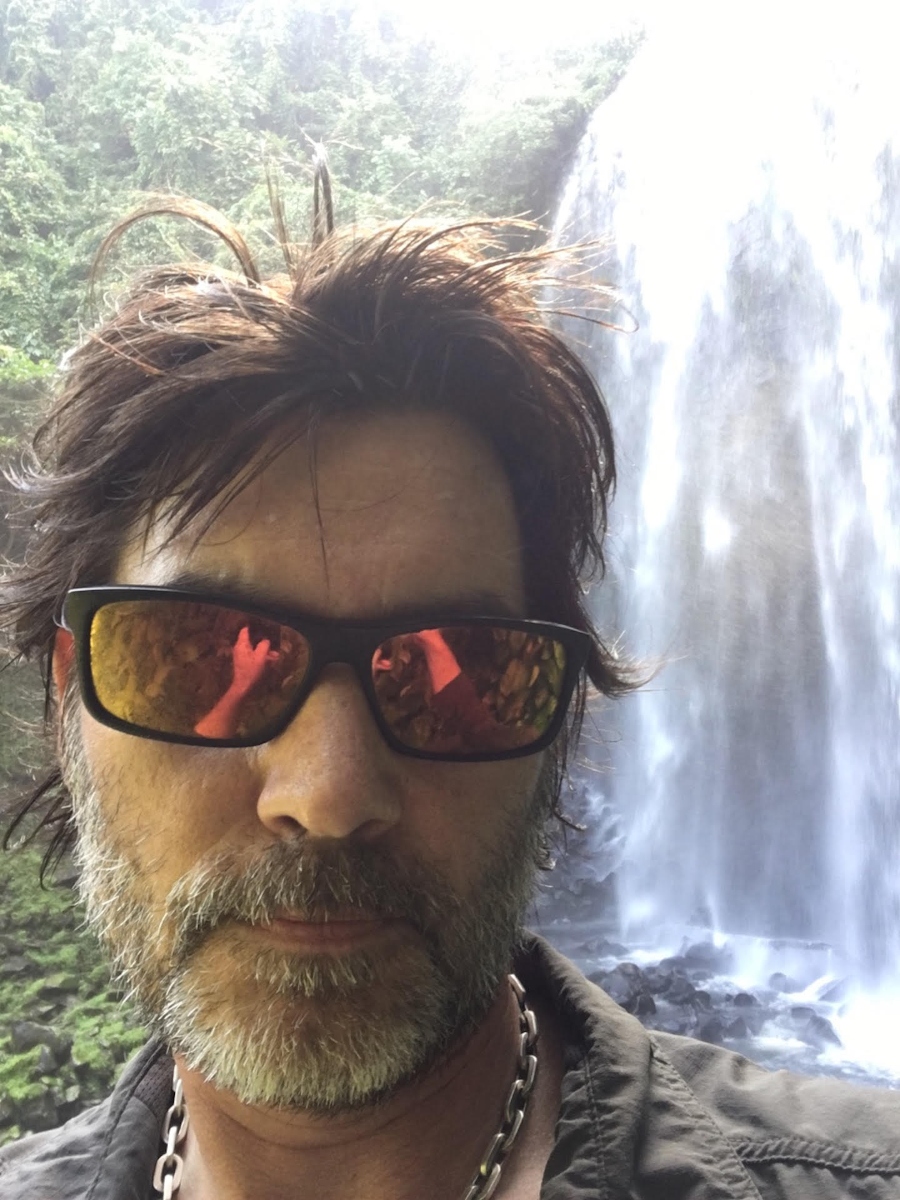
Matt Temple: Well, the real challenge in terms of sound is to come up with four hours of crowds, applause, [and] laughs, and try not to duplicate the stuff — try to make it unique to each scene. Fortunately, I’ve been doing a lot of field recording for over 20 years, and I’ve got my daughter’s piano recitals, performances, graduations, those sorts of things in different venues. Coming up with the right density of people [and] the right room size was probably the biggest challenge for me.
Beshenkovsky: Strangely enough, because Carlin would tell a joke and just keep going — it’s not like he waited for the audience’s response — we didn’t have any laughter to play with. All that stuff had to be laid in. It’s kind of an amazing job doing it and not making it feel canned. It wasn’t sweetening. It was kind of smoothing out the transitions in a lot of places.
BTL: Were there any unique challenges because of the pandemic?
Mackston: We all worked in different locations. We all came together at the end to the mix, which we did at Sony Pictures Studios in Culver City. I did some of this work in Florida, and I don’t know where Joe is. Where are you, Joe?
Beshenkovsky: Right here, where I am.
Mackston: Your house?
Beshenkovsky: Yeah, in my little home office situation. The whole film was cut in this room that I’m sitting in right now, or standing in.
BTL: In terms of putting the edit together, how long was the initial cut?
Beshenkovsky: There are two parts. I think maybe they were 20 minutes longer than the end runtime. I’m not one of those people that spits out a four-hour cut for a two-hour movie. Maybe 20 minutes of fat and then Bobby, you’ll appreciate this, the first thing Judd said was, ‘I think we need to lose some time,’ which he never says. He’s never said that in his entire life.
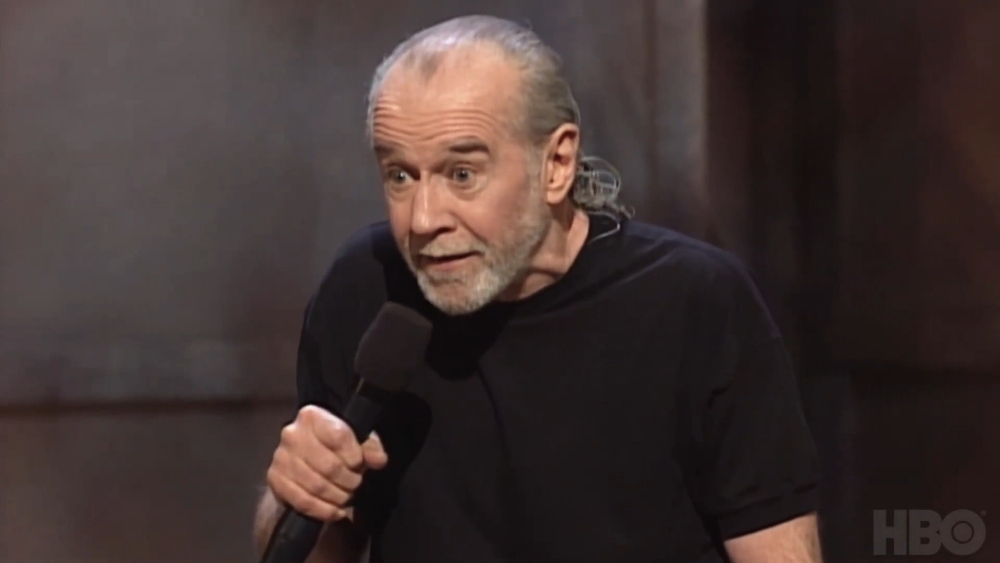
BTL: Even with his narrative features, it’s hard to find a film that’s under two hours.
Beshenkovsky: Yeah, well, I think both of these parts are under two hours.
Mackston: Shandling was 4:20. [Carlin] was shorter than that.
Beshenkovsky: The second part of Shandling was almost two-and-a-half hours.
BTL: What was it like having to edit this film remotely while Judd was also working on The Bubble at the time?
Beshenkovsky: Judd has 20 things going on at once. I would just send him and Mike Bonfiglio cuts and they would respond to them. This happens on a lot of my projects. I’d work in isolation and share things and then we go back and forth. I mean, even prior to the pandemic, I had been working remotely, so it wasn’t a huge shift for me. But I mean, on Shandling, Judd had two shows, he was prepping a movie, and he did a fucking stand-up special. The guy is always doing something.
Mackston: He overlapped, I think, [with] The Bubble, and then he was working on Bros at the same time. I think we were mixing Bros and this at the same time.
Beshenkovsky: He [also] put out a book.
Mackston: Yeah. He keeps busy.
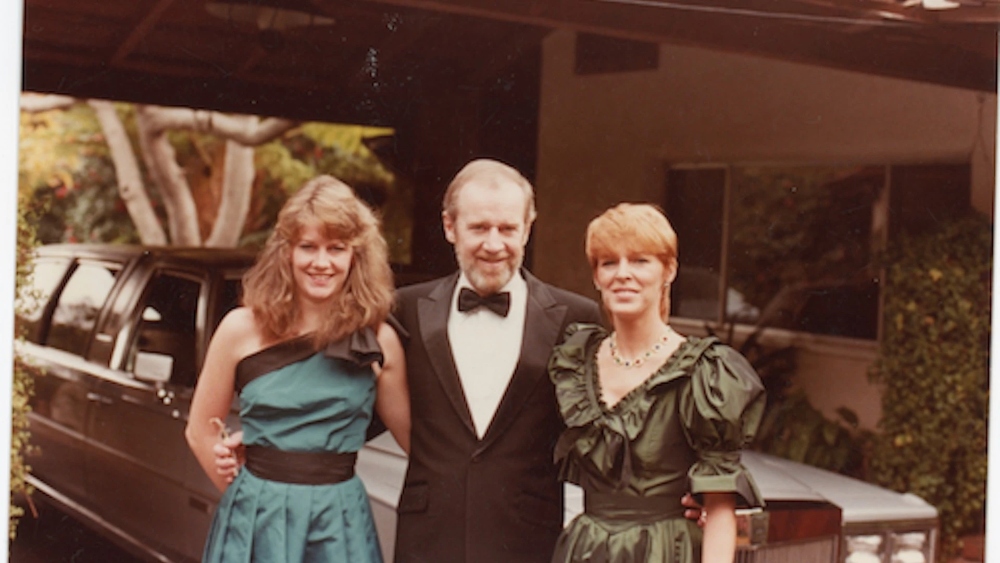
BTL: I have it somewhere over here.
Beshenkovsky: Which one, the first one or the second one?
BTL: I actually have both.
Beshenkovsky: Yeah. And he did a Masterclass, too.
Mackston: He was getting Please Don’t Destroy prepped [as well].
BTL: When you’re working on a documentary about one of the greatest stand-up comedians, is it hard not to laugh while working on it?
Beshenkovsky: When I’m screening it the first time, [I] laugh, and then I think in the mix, we laughed. We laughed at very stupid things. The thing I laughed the hardest at was the Bezos high-five.
Mackston: Yeah. And Zuckerberg on the —
Beshenkovsky: Zuckerberg. Yeah, no, I don’t know. Comedy is strange. It’s very serious, clinical business and so you stop laughing pretty quickly and you’re just thinking about the construction of things. And also, Carlin is not — he’s a funny guy, but I think your experience of watching his stuff is that I think you’re angry most of the time, particularly with the older material. You’re just angry at the world [because] everything he’s saying is right. You just want to break something and then you might, and then there’s the occasional punch line.
Mackston: I was a big fan of his in high school. I had all those albums, Occupation: Foole and FM & AM. I already was familiar with the material. For me, it was just bringing back older memories. I was 17…
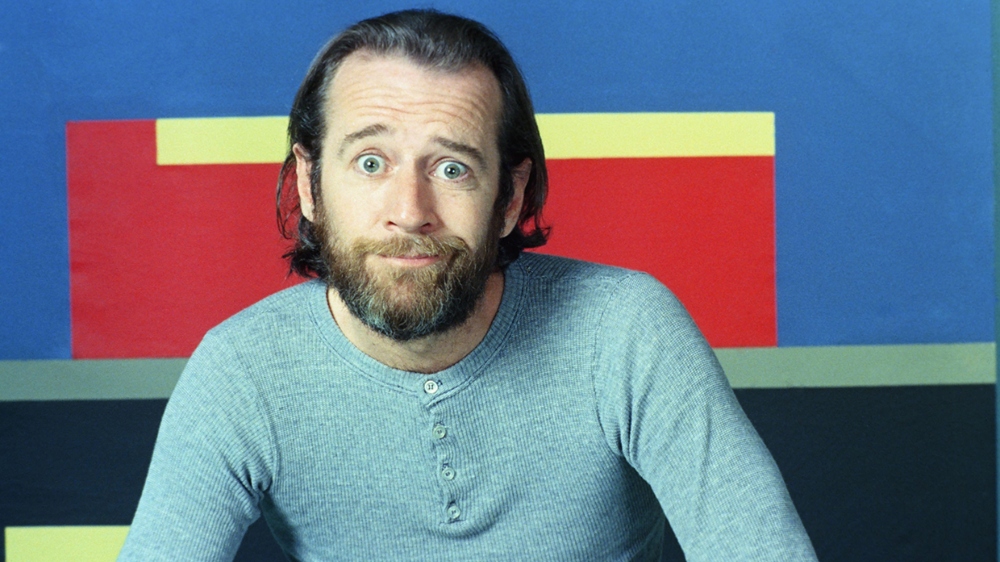
BTL: Is there a moment where you got nostalgic?
Mackston: Yeah — the older material. The stuff when he got a little bit darker towards the end of his life, I wasn’t familiar with. I didn’t know he had gone that dark toward the end. That was revealing. That was surprising to me. I was completely familiar with all the previous material.
Temple: I mean, I think the whole dark darkness of his comedy was kind of a surprise as well, for me. I knew him from the ’80s and ’90s. There was a huge gap before I heard about him. The documentary really was revealing in so many ways.
Beshenkovsky: The paradox is that the darker he got, the happier he was in life. I think his experience was that he had these heart troubles and I think going on stage and kind of expelling all his bile — it’s not even bile, all his anger, and all the things that were really troubling him — helped to protect his heart and make him a better person in his day-to-day life.
He had a very happy marriage with his second wife. You see him in the material and he’s just smiling and chuckling. When he went on stage, he ripped and let it all out. I felt like that was a protection mechanism for him, to be honest. He was genuinely angry about things. Also, to some extent, he was trying to see how far he could push the envelope.
I think he knew he was established, he had his audience, and he was like, ‘Well, let me see how hard I can push these people.’ I think he took a real delight when people walked out of the audience. His manager would say, ‘Oh, well, 30 people walked out.’ He’s like, ‘great,’ because he knew he was doing something.
BTL: Assuming that newer generations of fans are introduced to Carlin through the documentary, how does it feel to be a part of his legacy?
Beshenkovsky: Well, I think with this film and other films, when you’re doing the George Carlin film and the estate is involved, you know that this is the one time. You have one chance to get it right. And so really, the onus is on trying not to fuck it up. It’s not like someone else is going to go off and do another Carlin doc. This is it.
I think the response has been really gratifying in the fact that people enjoy it and have taken meaning from it, not just from an awareness of him as a comedian or his work, but the things he said, and also the life he led, and just him as an artist. I think that those are really the biggest takeaways, particularly if you happen to be an artist or you’re thinking of your life path.
I mean, he constantly took risks and he was constantly reinventing himself. I think if people took that away, alone, and also, just the act of questioning everything, which I think he was really driving at, I don’t know… I’m certainly satisfied with that.
George Carlin’s American Dream is now available to watch on HBO and HBO Max.





